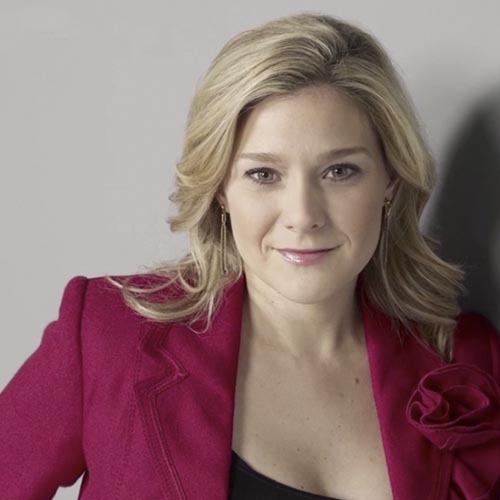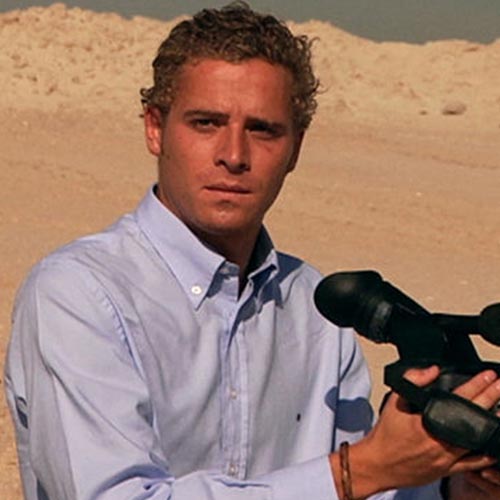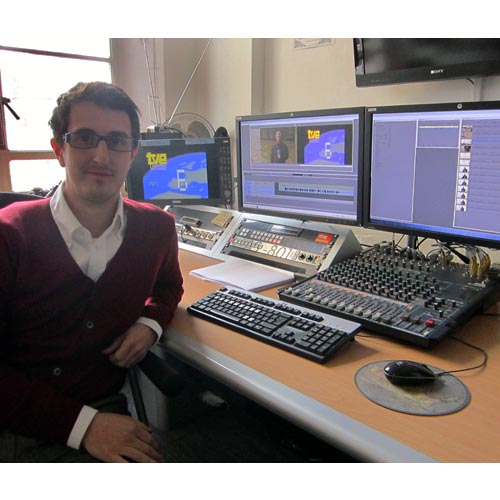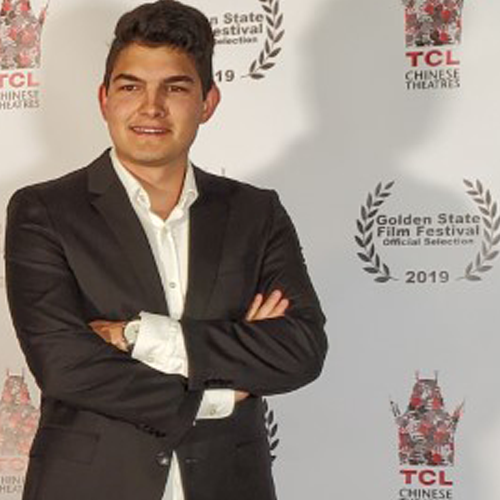Accede y aprovecha todas las ventajas
New front, old wounds

The attacks in Sri Lanka on Easter Sunday for many brought back memories of the long ethnic war, which came to a bloody conclusion 10 years ago in May. Although the Sri Lankan authorities are yet to identify the perpetrators, it appears the attacks are of a different nature, one fuelled by global dynamics, rather than a response to local communal grievances. Despite this, the violence is bound to exacerbate already-deep ethnic and religious fault lines, increasing existing tensions and possibly fuelling further violence.
After 1948, newly independent Sri Lanka embedded a virulent form of Sinhala Buddhist nationalism in the formation of the state. This ethos, in simple terms, holds that the entire island is home to Sinhala Theravada Buddhism and that minorities are invaders, who will be tolerated if they accept Sinhala hegemony. Any threats (perceived or real) to the Sinhala identity of the country are attacked resolutely.
This revealed itself in racially and linguistically discriminatory policies as constitutions were written, making non-Sinhala communities second-class citizens. To this day, Sri Lanka's constitution places Buddhism above other religions, assigning the state the responsibility "to protect and foster" Buddhism.
The entrenched Sinhala Buddhist nature of the state manifests itself in its institutions, particularly those linked to security. For example, the military rank and file is almost entirely Sinhala Buddhist. Some of its units, like the Vijayabahu Infantry Regiment, are named after ancient Sinhala kings, famed for defeating Tamil "invaders".
Increasingly violent reprisals by the state against peaceful demands for autonomy and equal rights by Tamils from the 1950s to the 1970s eventually led the Tamil population to seek an independent homeland in the island's northeast, home to the Tamil Hindu and Christian populations and the Tamil-speaking Muslim groups.

La periodista Marta García Bruno analiza la figura histórica del asesor político, una profesión que está en el punto de mira al hilo del reciente caso de corrupción política, denominado "Koldo", vinculado al primer Gobierno de Pedro Sánchez. Leer más

¿Por qué Irán atacó en una misma semana objetivos en Iraq, Siria y Pakistán? ¿Qué relación puede tener con la crisis en Medio Oriente? Analizamos esta situación de la mano de Javier Redondo, profesor de los grados en FPE y Comunicación Global de la UFV. Leer más
- Evento propio
- Evento ajeno




 Publicar en Facebook
Publicar en Facebook


























